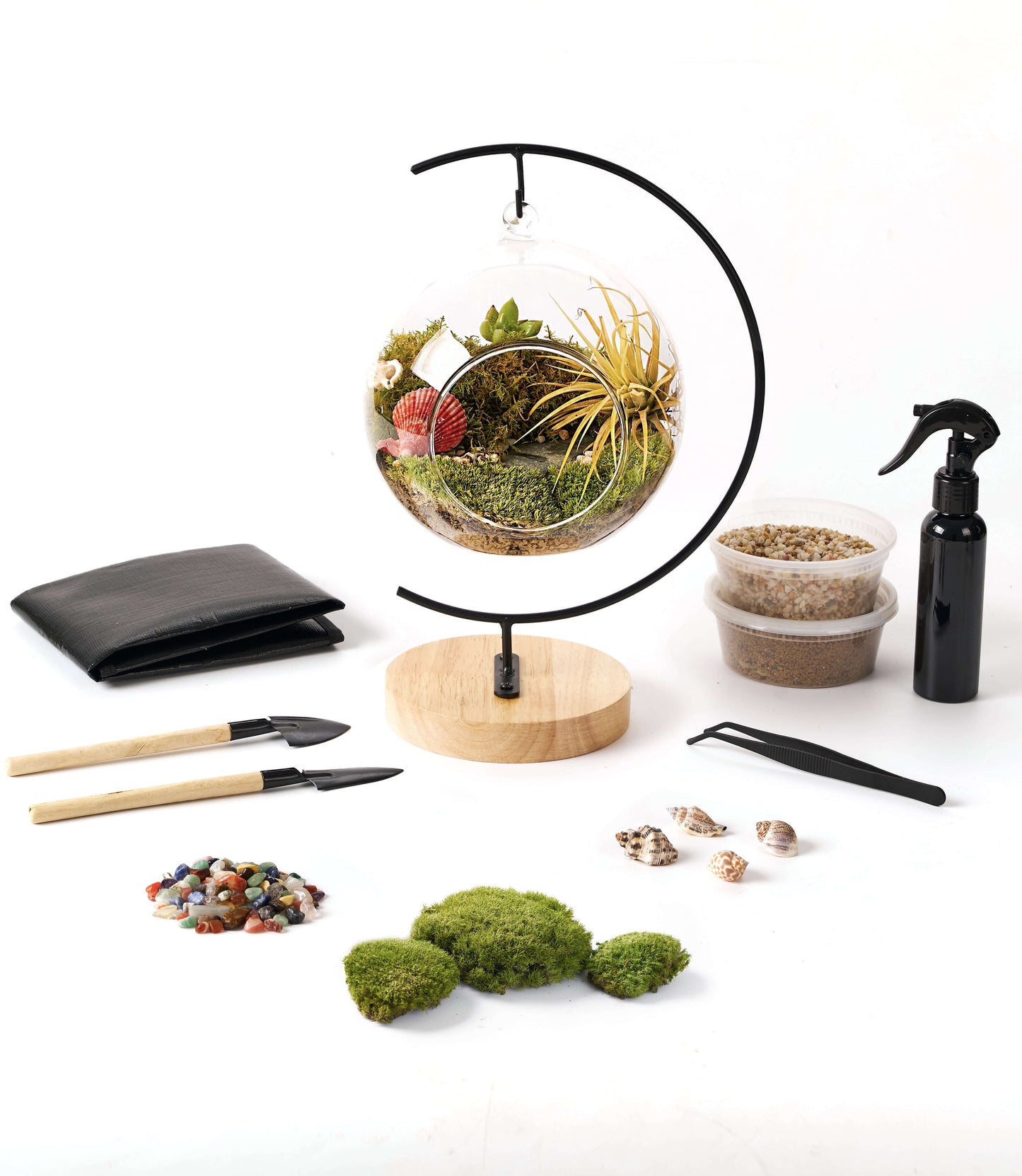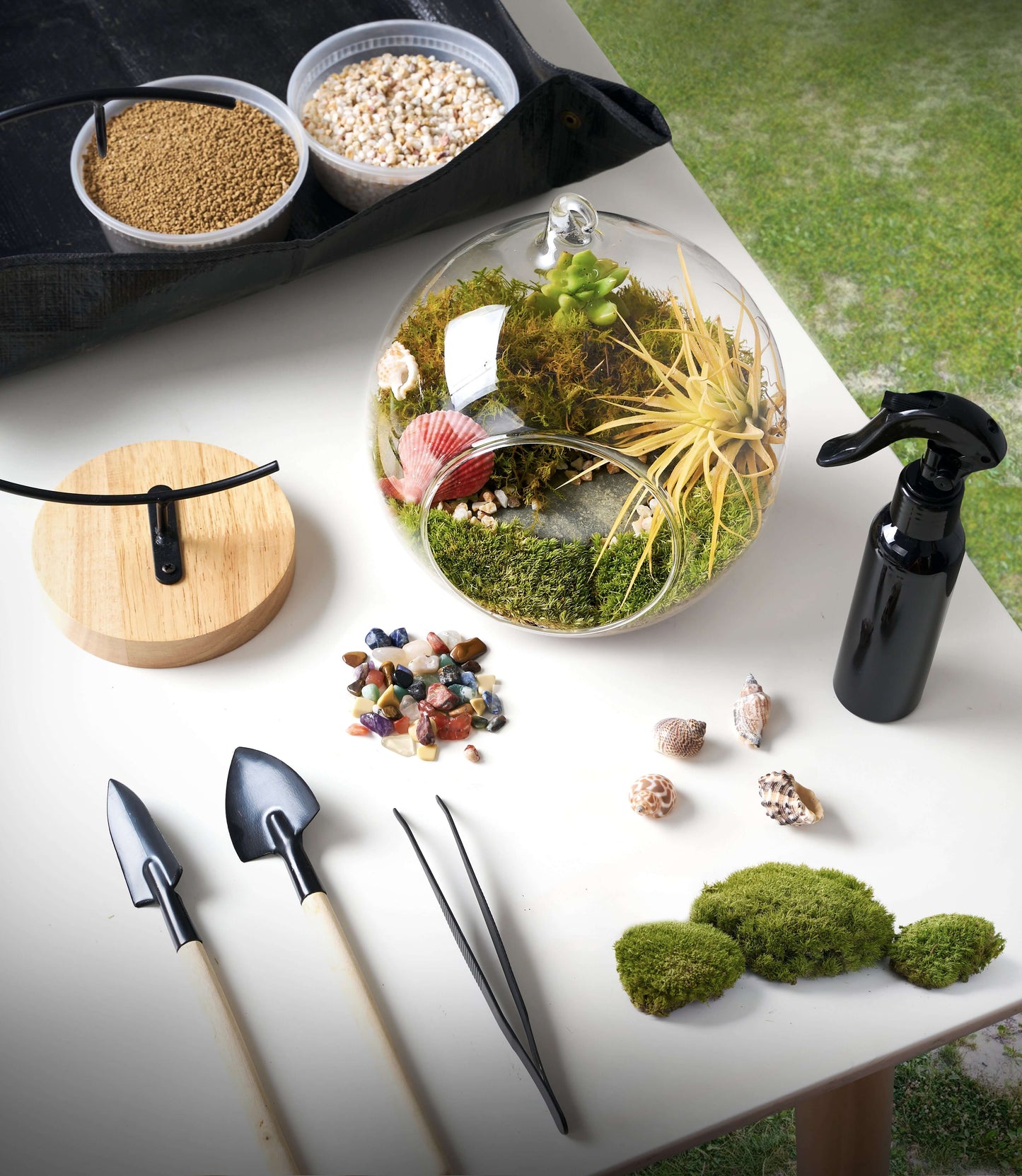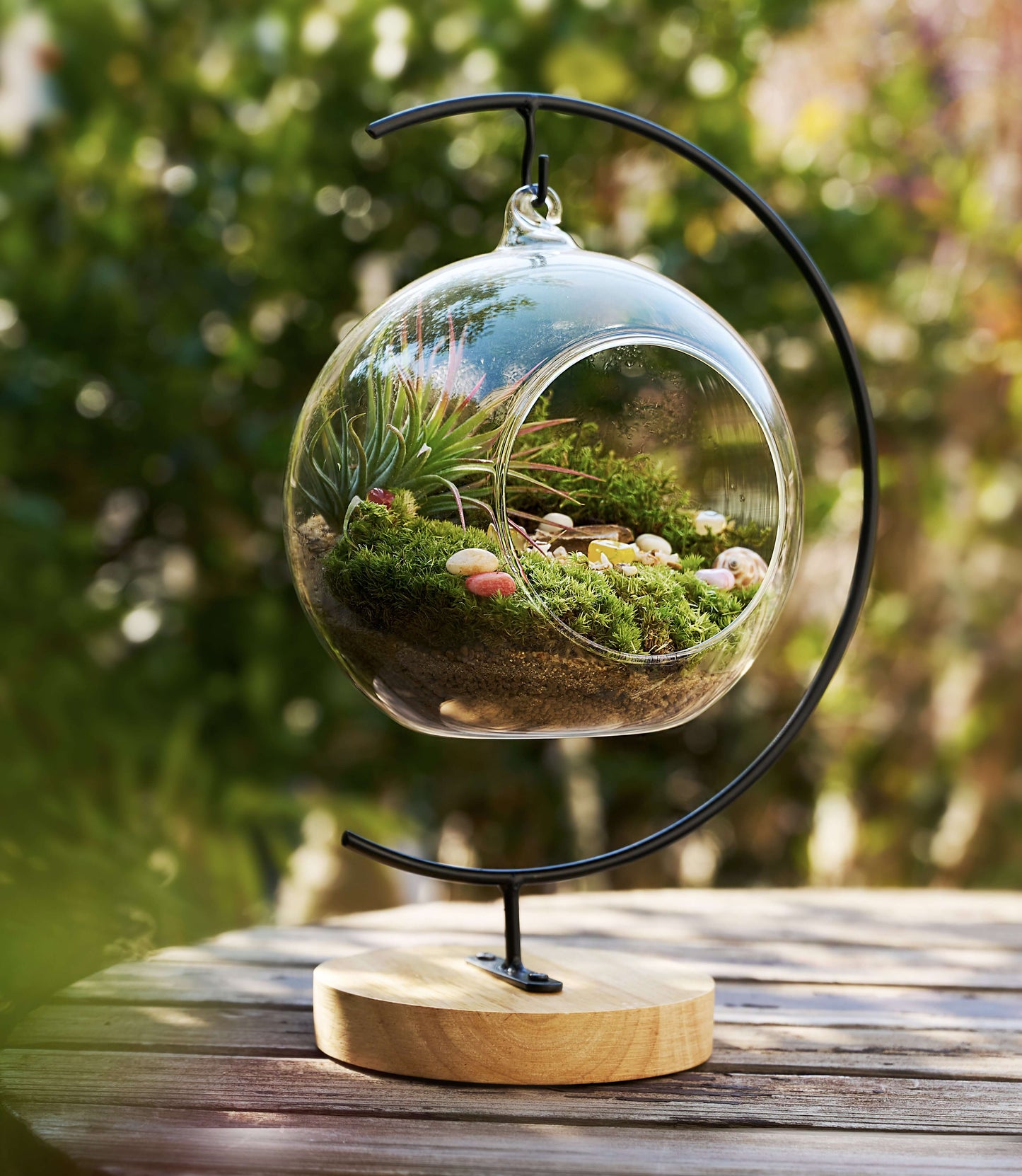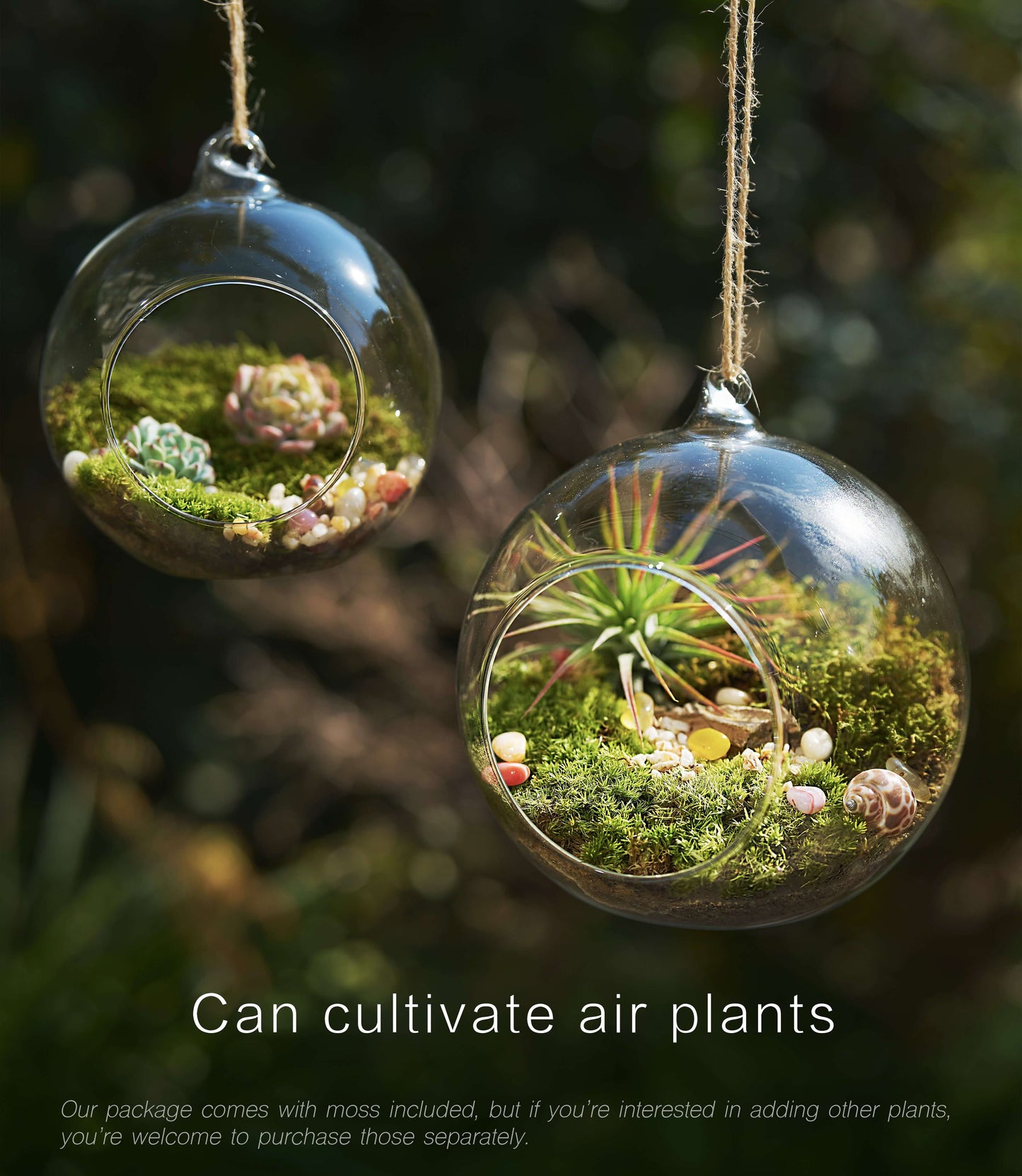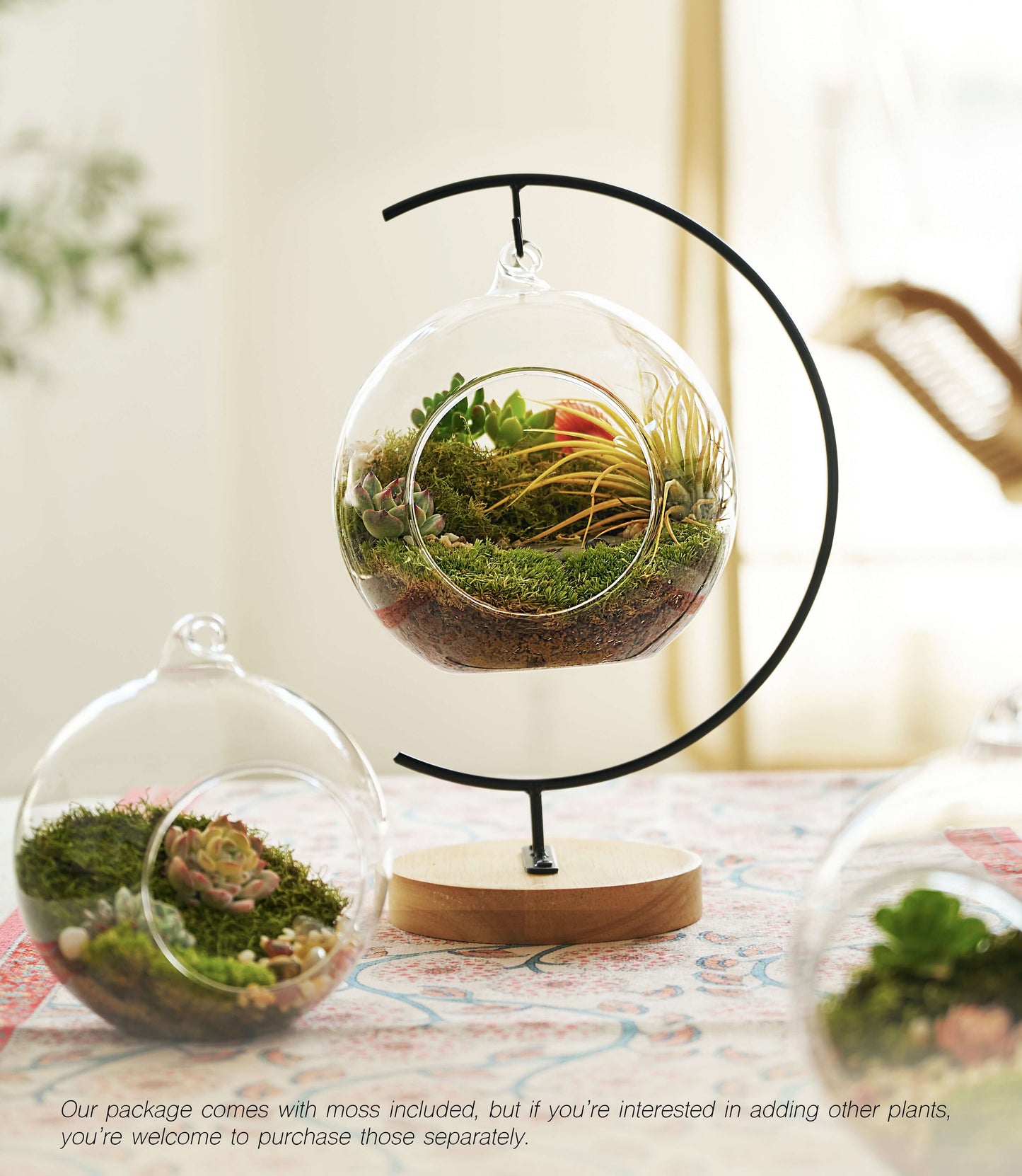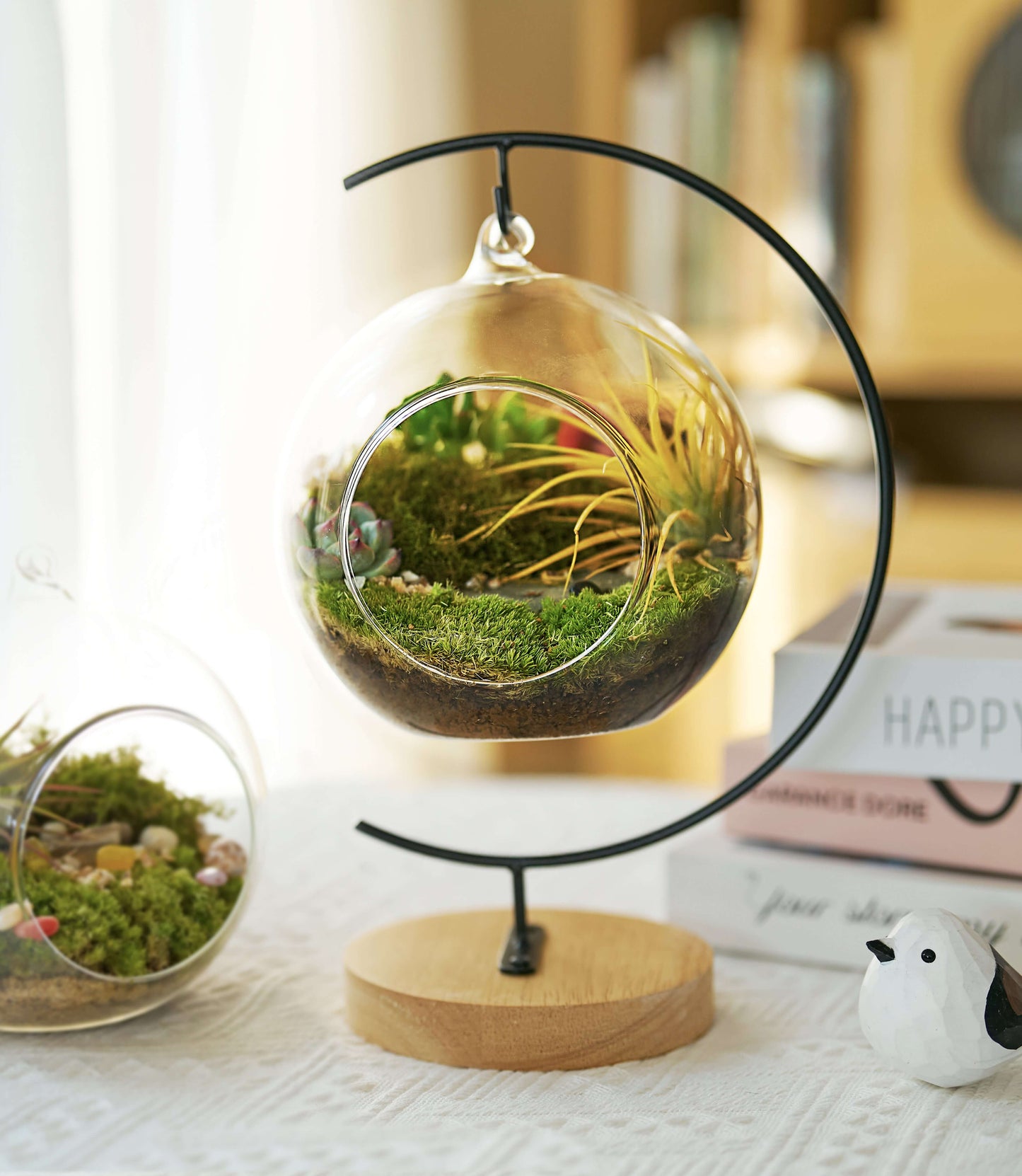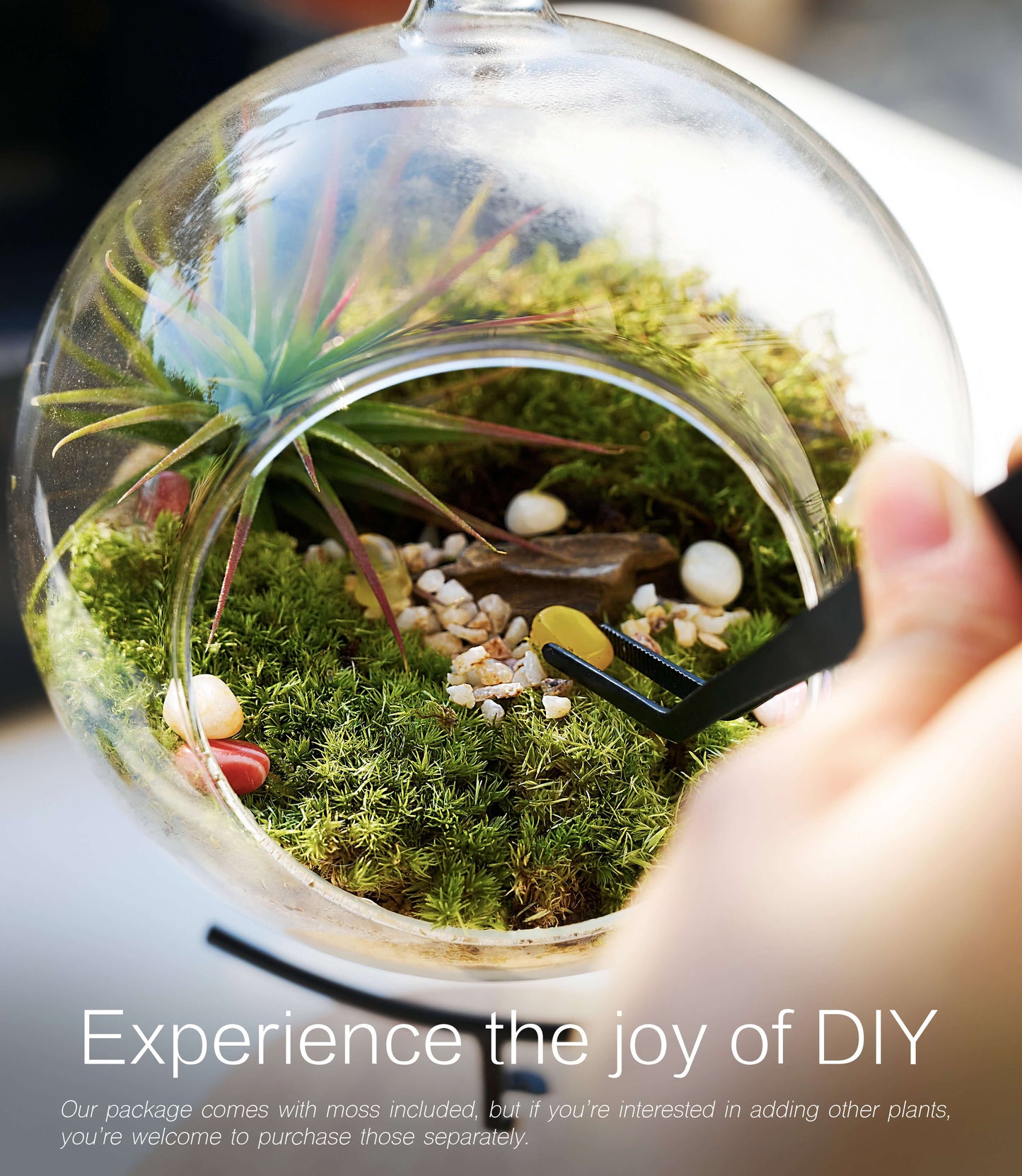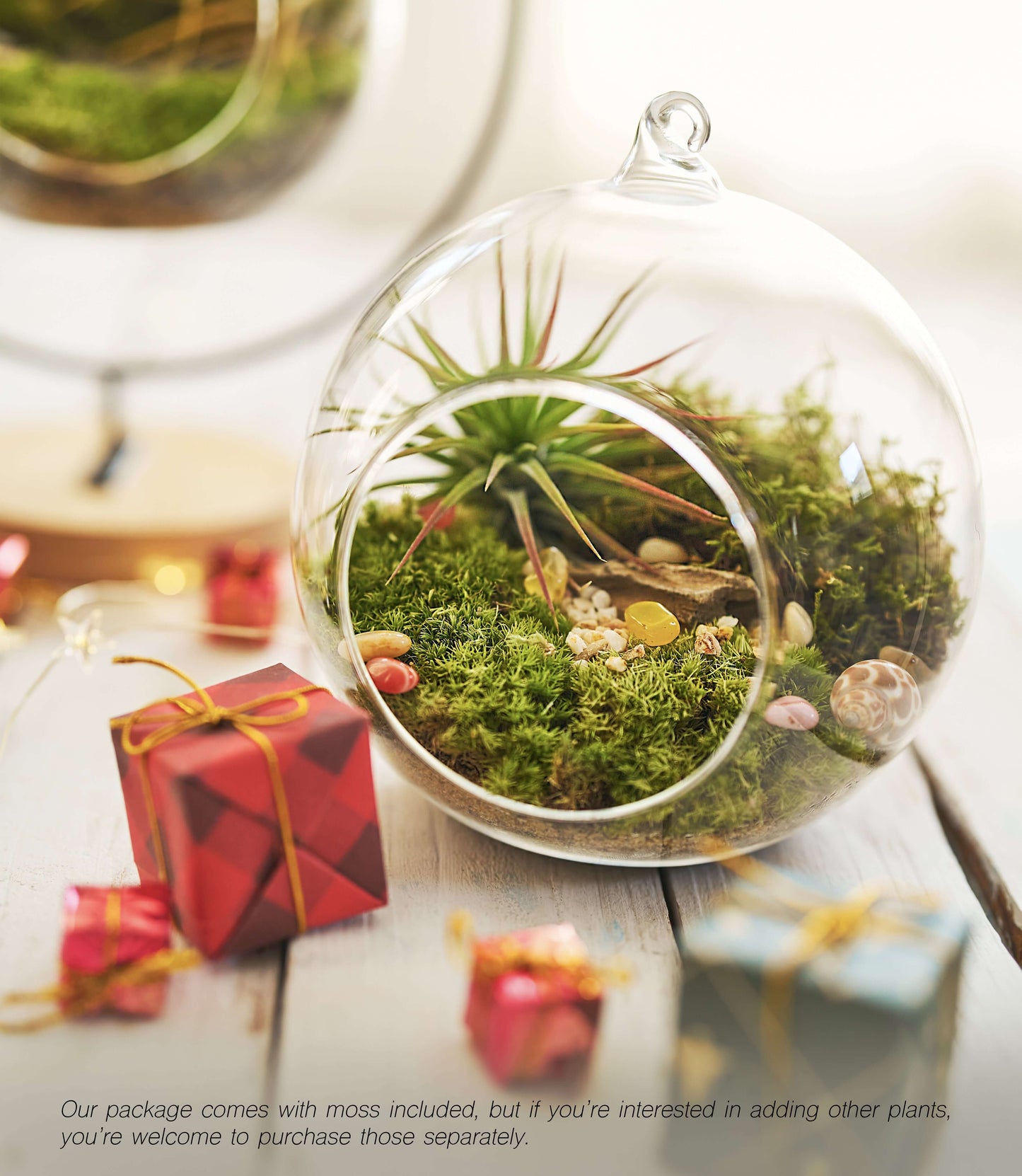Live Sheet Moss – Care, Uses & Buying Guide
Introduction to Moss Varieties
Sheet mosses are nature’s “green weavers.” Unlike upright-growing varieties, live sheet moss clings close to the ground, soil, or rocks—forming a soft, lush green carpet with dense branches. Initially appearing as scattered clumps, these sheet moss ground cover types quietly merge into a seamless, vibrant mat. Walking on them instantly brings to mind a sun-warmed moss lawn—moist but not soggy, soft yet firm.
Their evergreen, vibrant emerald tones shift subtly with sunlight and rain, glowing gold in bright light and deepening into glossy, dark green in wet weather—like a natural canvas reacting to its environment. Ideal for terrariums, eco-bottles, orchid pot top dressing, or as a floral arrangement accent, sheet moss turns any setting into a miniature meadow.
The beauty isn’t just visual: sheet moss excels at moisture retention, helping lower watering needs, and suppresses weeds while protecting soil from erosion and splashback in planters. This low-maintenance moss thrives without fertilizer, gradually self-spreading using airborne nutrients. Its silent yet vibrant presence makes it perfect for indoor décor, fairy gardens, and vivarium setups that call for no-fuss, durable moss coverage.
Main Types of Live Moss
Living Sheet Moss Varieties - Fast-Growing Groundcover Mosses for Terrariums and Vertical Green Walls
Core sheet moss excels at creating seamless moss carpets. Unlike cushion or rock mosses, sheet moss groundcovers are smooth and flat, resembling woven green velvet.
Hypnum moss: Known as the "groundspray expert," its emerald green leaves cover soil, rocks, and fallen logs like a living fabric. It's highly adaptable and well-suited to terrariums, simply creeping to fill in gaps around edges.
Eurohypnum moss: A twiggy, deep blue-green sheet moss, it creates intricate, three-dimensional carpets even on dry forest debris. It's drought-tolerant and perfect for shade gardens or green wall art.
Brachythecium moss: It forms thick, lanceolate mats. Able to cling to tree trunks and rocks, it's ideal for vertical moss walls, providing seamless coverage without clumping or bunching.
Haplocladium moss: This moss has fine, dense scales that cover leaf mold and decaying wood without forming wrinkles. It grows along the wood's grain, making it an ideal choice for microscapes and interior decoration.
Plagiomnium moss: This easy-to-care-for terrarium moss has broad, smooth leaves with a natural, moist sheen. It thrives in semi-shaded environments and effectively covers the ground, making it ideal for those seeking a dense shrub. However, growing sheet moss can be challenging and may not be suitable for beginners.
While sheet moss doesn't form a fluffy mat or cling to the ground like rock moss, it can create a vibrant green carpet, creating a naturally tranquil atmosphere, and is extremely low-maintenance. It's ideal for terrariums, feature walls, and any indoor or outdoor application requiring ground or vertical coverage.
Growing Conditions & Care Guide
FAQ
Q1: Can flaky moss grow indoors?
Yes. It's recommended to place it in bright, diffused light (avoid direct sunlight) at an ambient temperature of 16–20°C and 60–80% relative humidity. Follow the "open the lid and ventilate for 10–15 minutes after spraying" rule. A glass jar or eco-bottle can be used with ferns for better stability.
Q2: How can I revive dried flaky moss?
First, check if it crumbles easily when squeezed. If it's still resilient:
① Pre-hydrate for 12–24 hours (use a sealed box with a water tray for humidification, not direct immersion).
② Rehydrate briefly (use a fine mist 1–2 times or gently soak for 5–10 minutes with room-temperature soft water/distilled water/RO water).
③ After ventilation, spread on a moist substrate (such as clean sphagnum moss) in a location with diffused light. Generally, it will gradually turn green and its leaves will expand within 24–72 hours. Some cracks, like brittle chips, are unlikely to recover.  
Q3: Is sheet moss safe for reptiles?
In most cases, it is safe and can be used as a substrate for "wet shelters." It's important that it's pesticide-free, comes from a clean source, and is changed regularly to prevent mold. The RSPCA recommends using wet moss in reptiles' wet shelters to maintain local humidity (which helps with molting). Wild-collected moss should be isolated and frozen before use for better protection.  
Q4: How long does sheet moss last?
Living moss: Under suitable conditions, it can survive for many years and spread slowly (still requiring "spraying → air return" management). However, it's generally difficult to maintain the long-term stability of entire indoor living walls. 
Preserved moss (non-living): It can maintain its appearance for several years without watering or direct sunlight (affected by sunlight and humidity).  
Artificial moss: 3–5 years+ is acceptable; choose low-odor/UV-resistant materials for greater durability.
Collections
-

Buy Live Sheet Moss – Fresh Moss for Terrariums, Orchids & Home Decor
Bring nature into your home with our fresh Live Sheet Moss. Perfect...
-

Buy Live Cushion Moss – Natural Dome Moss for Terrariums, Bonsai & Indoor Décor
Bring a lush, soft green touch to your projects with Live Cushion...
-

Buy Live Fern Moss – Lush Green Moss for Terrariums, Vivariums & Natural Décor
Fern Moss is a vibrant, feathery-textured moss that adds softness and a...
ICRAFT
15-Piece Terrarium Kit with Live Moss – DIY Glass Globe Set with Tools, Soil, Stones & Spray Bottle – Indoor Mini Garden Gift for Plant Lovers, Home Decor & Zen Craft
